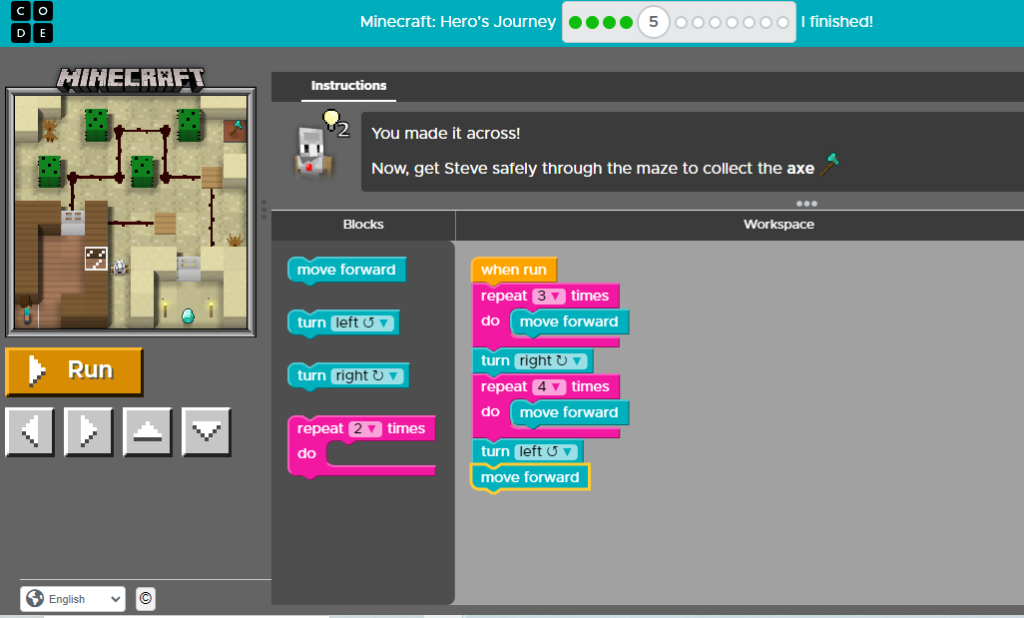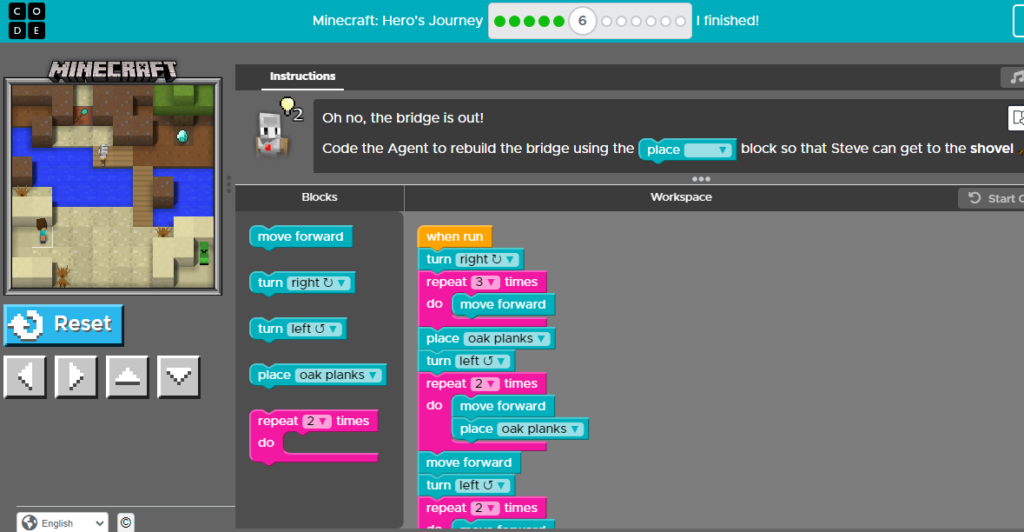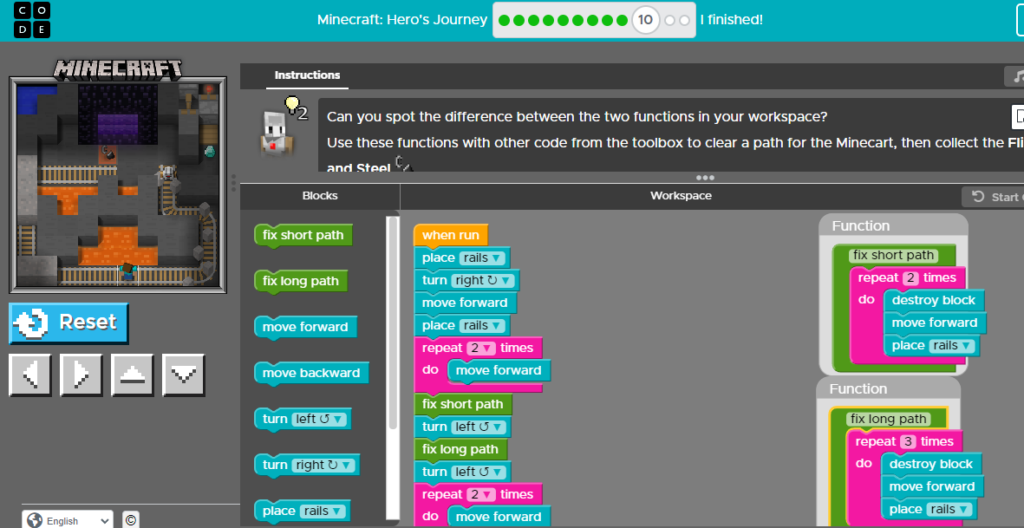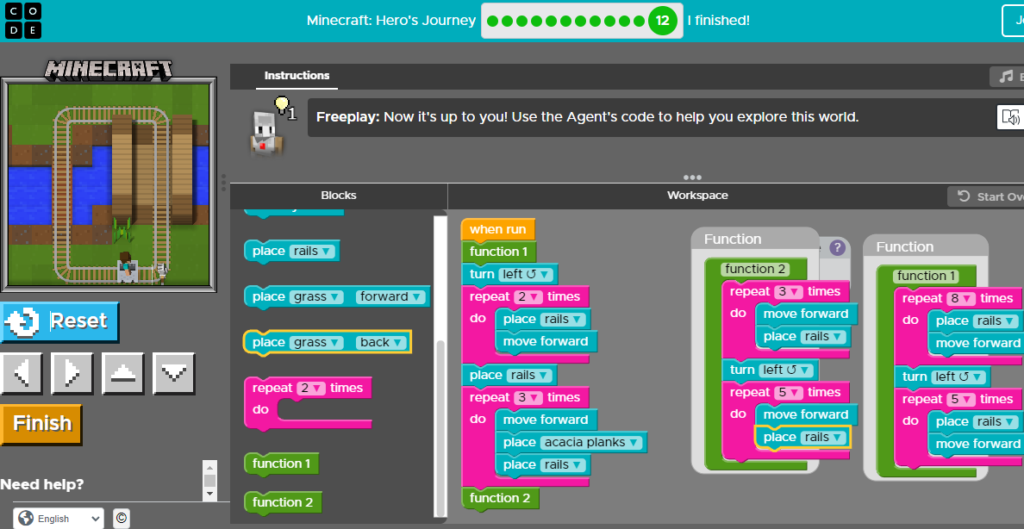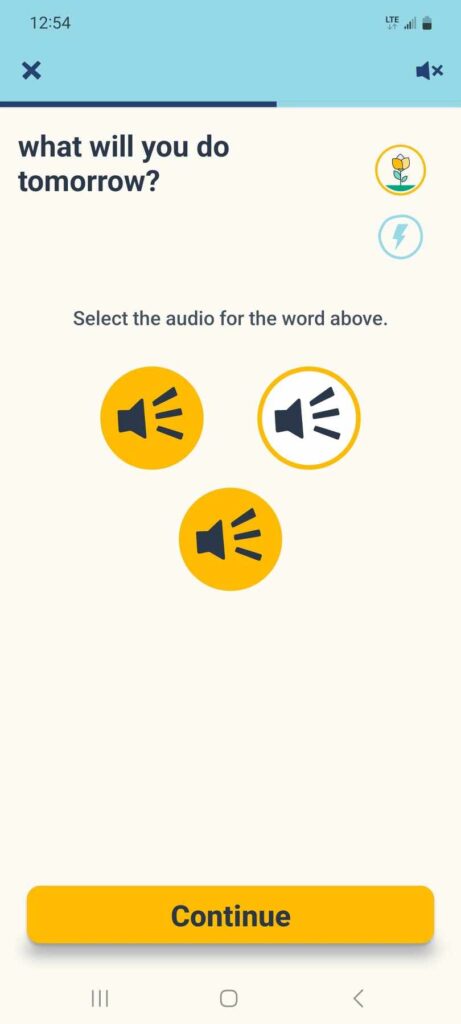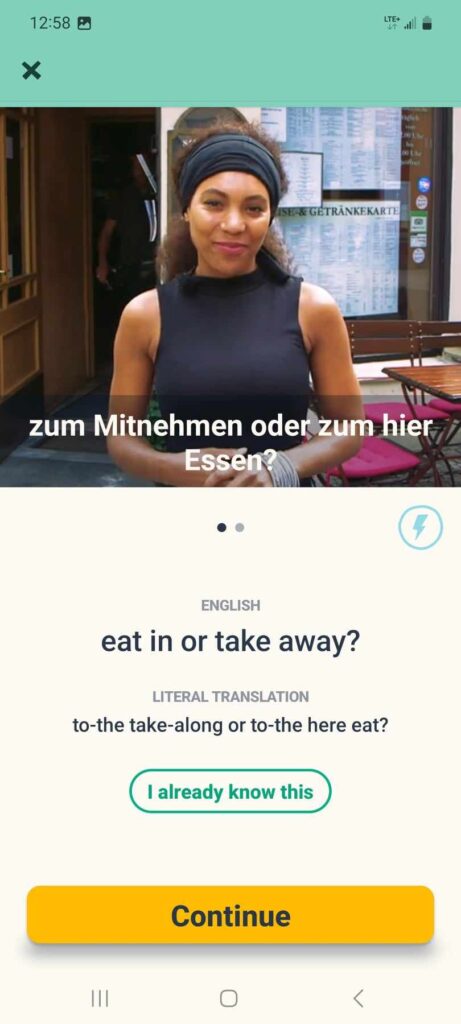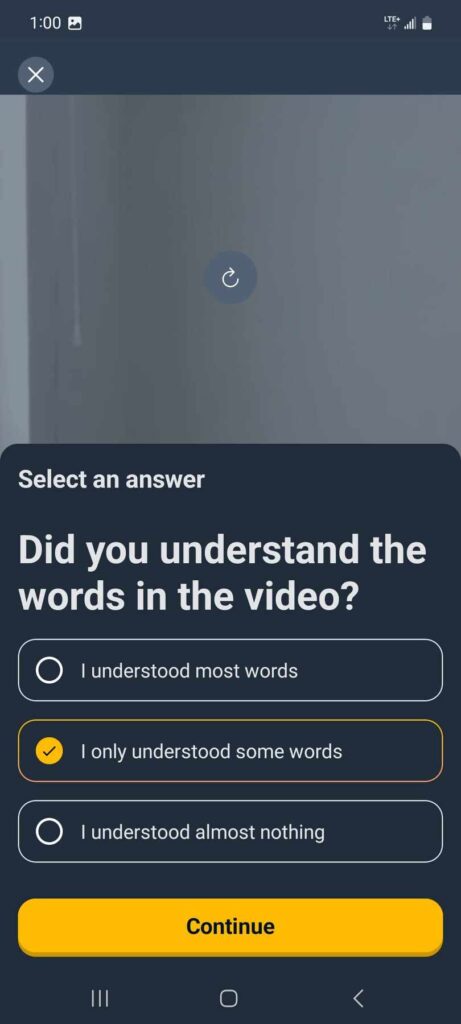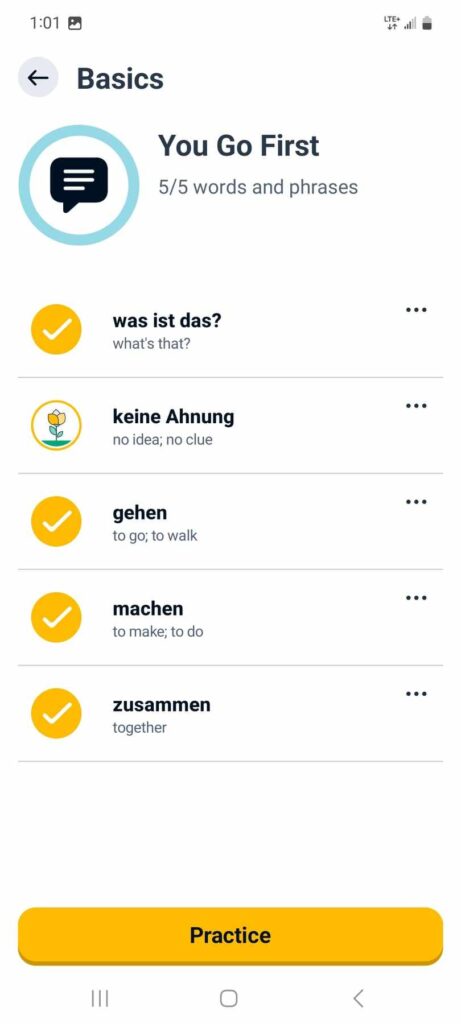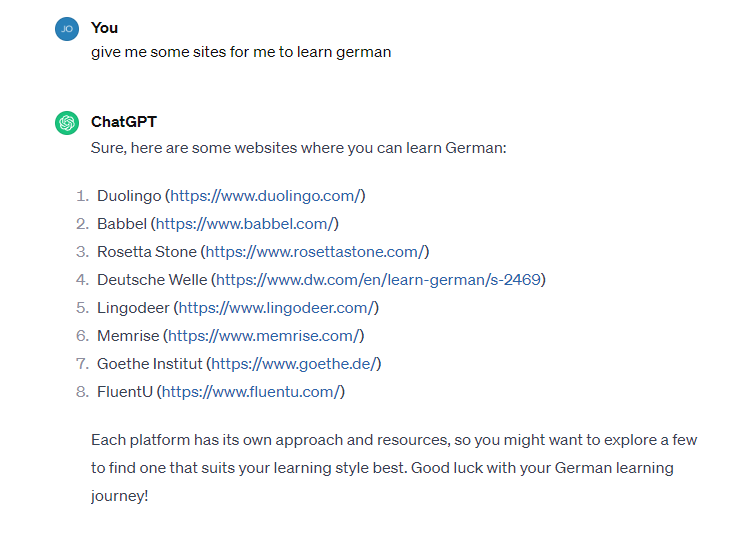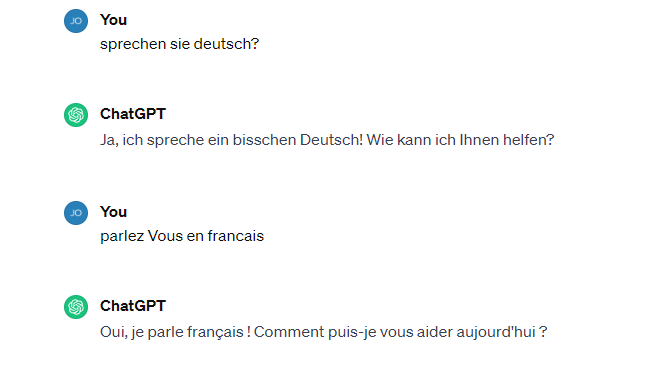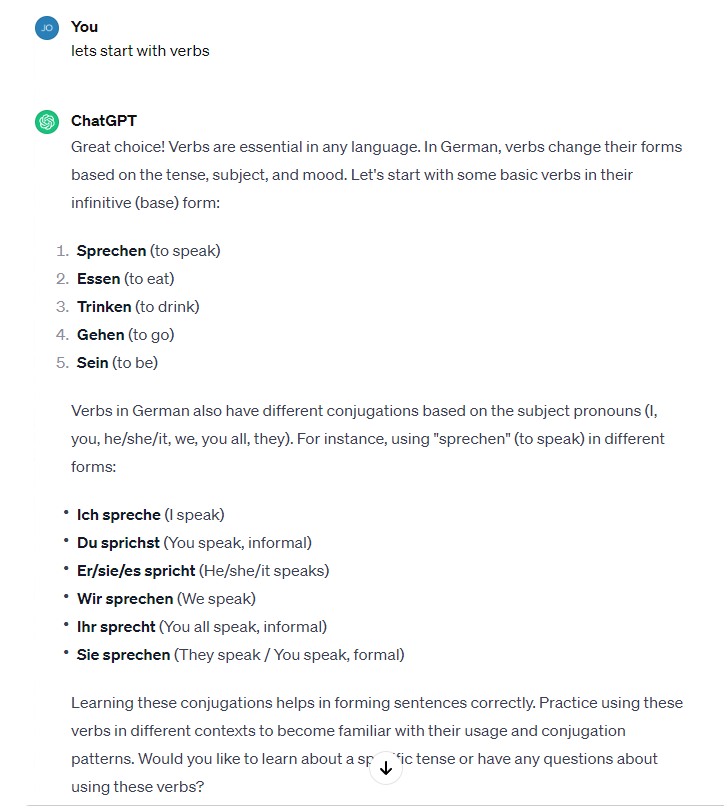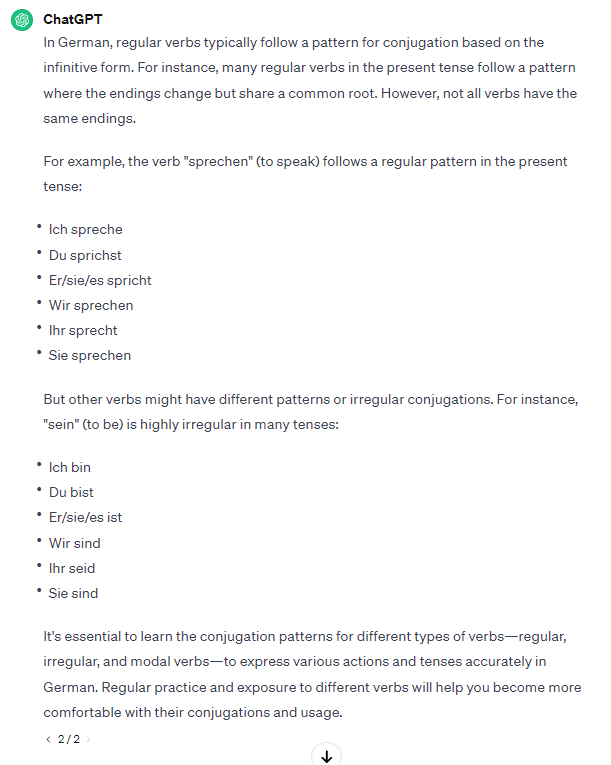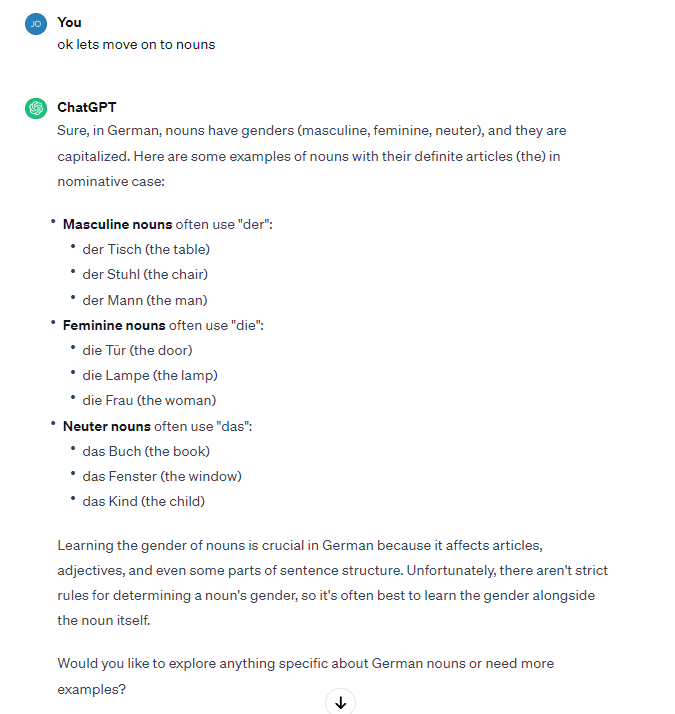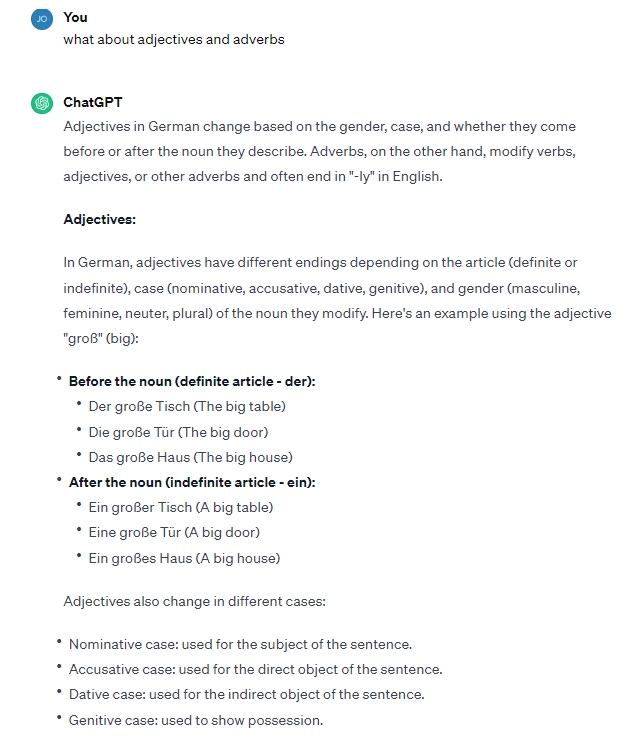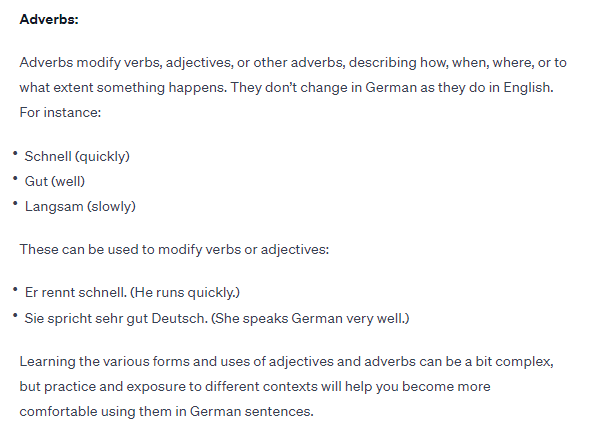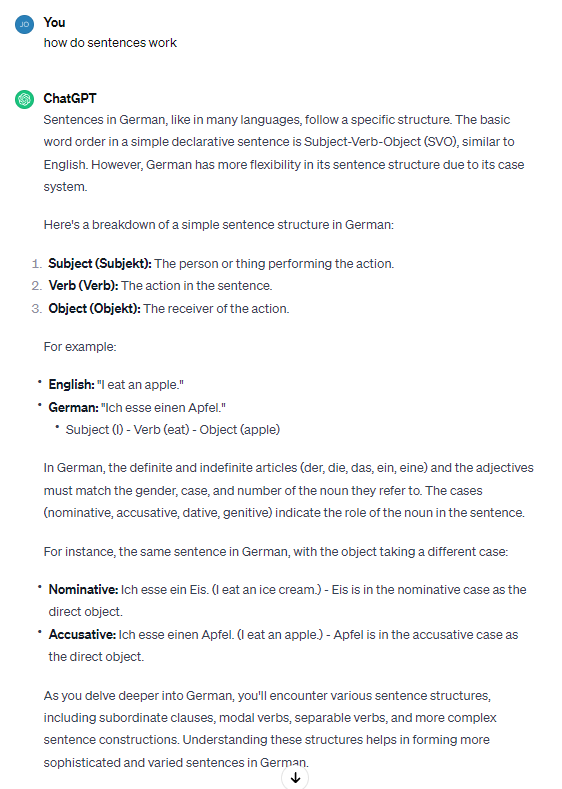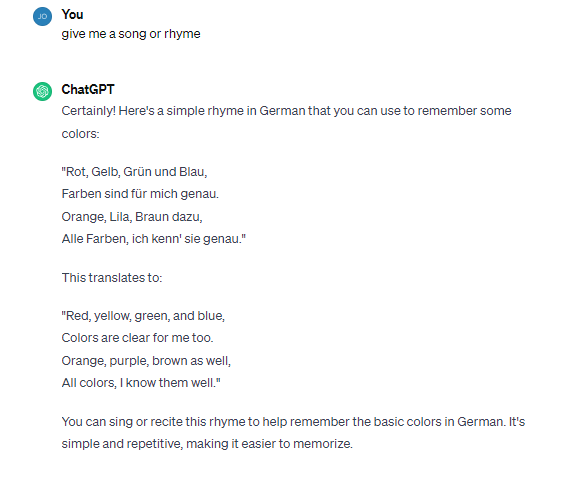Incorporating digital literacy in highschool science is an important step to focus on in a student’s learning. Science is the subject that looks at the natural order of the world. If a student has misinformed ideas, it can be a detriment to themselves and society as a whole. David Lazer and his colleagues even suggest in their paper “The science in Fake news“, misinformation can influence people towards cynacism and extremism.
Health Science 20 focuses on the human body and nutrition. A student without proper digital literacy can go on a diet from a random influencer without taking in the full consequences of what they are about to go through. Science 10 has a unit on humanities influence on the environment. If a student sees an article promoting the idea that nature hasn’t changed at all in the past 100 years, they might go on to continue a lifestyle that feeds into a destructive ecological cycle.
At the beginning of the given school year / semester, I would start the first couple of classes teaching about digital literacy in science. I would demonstrate that google can’t always give reliable answers (Source). Another source I would use to teach digital literacy would be Media Manipulation and Disinformation online and apply it to a scientific lens. Throughout the semester, I would also attempt to implement a current topic or debate to the appropriate subject (genetic cloning for bio 30, climate change for science 10, etc..).
